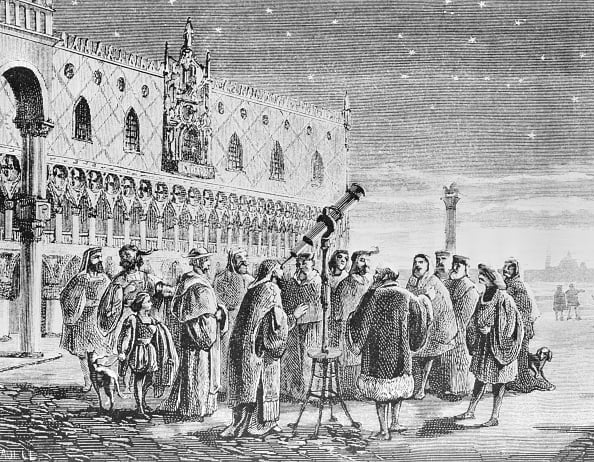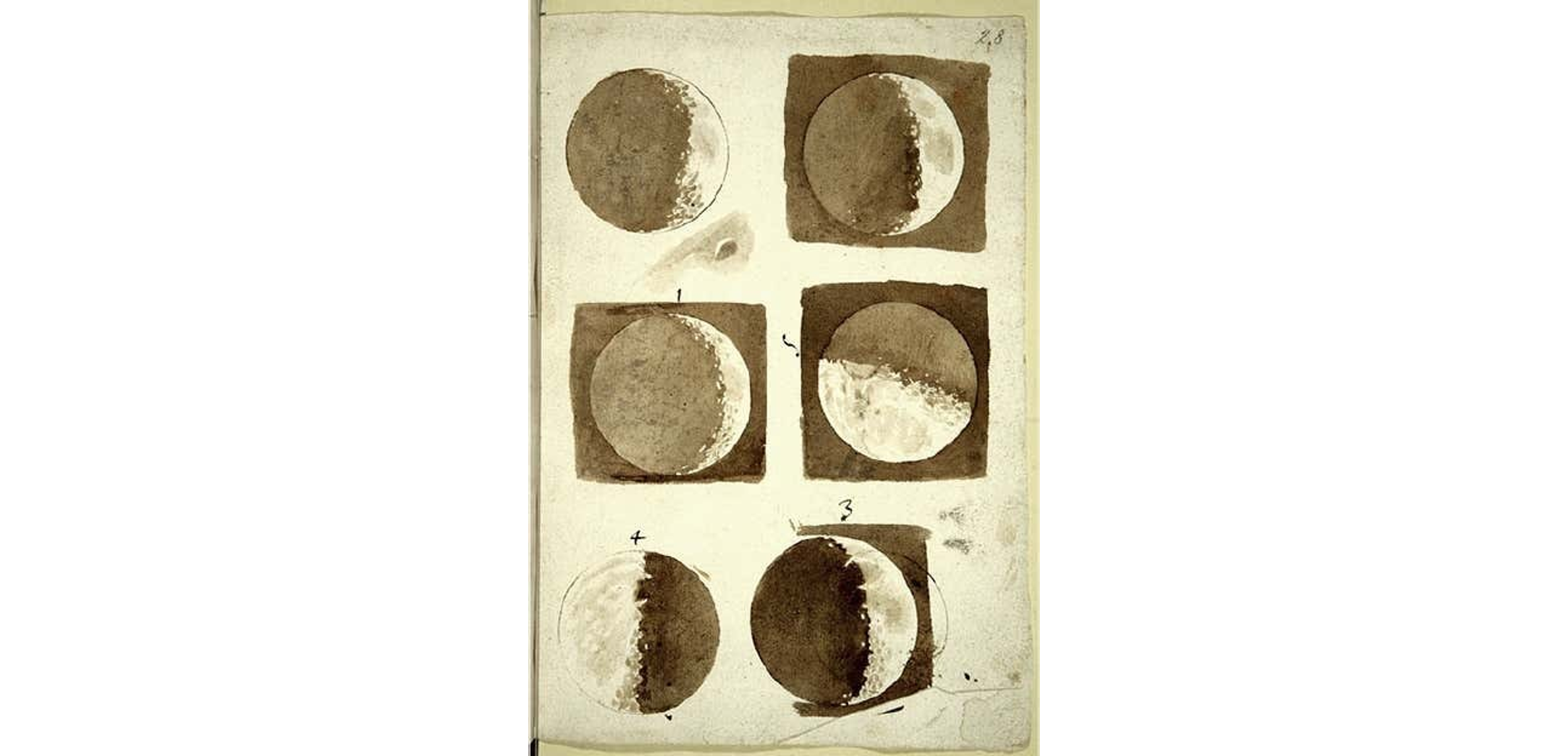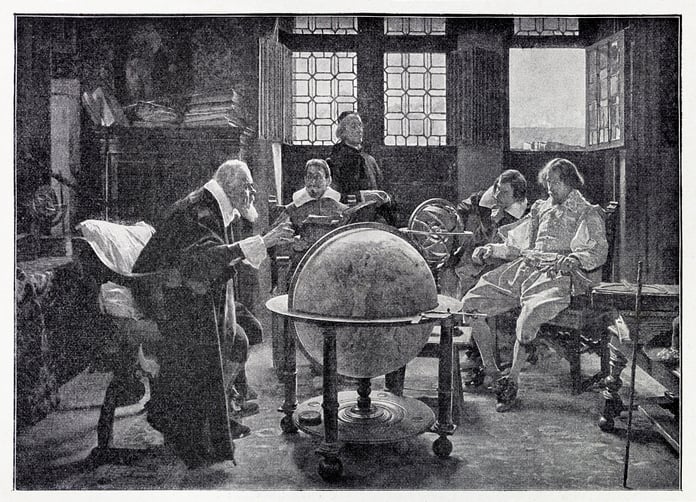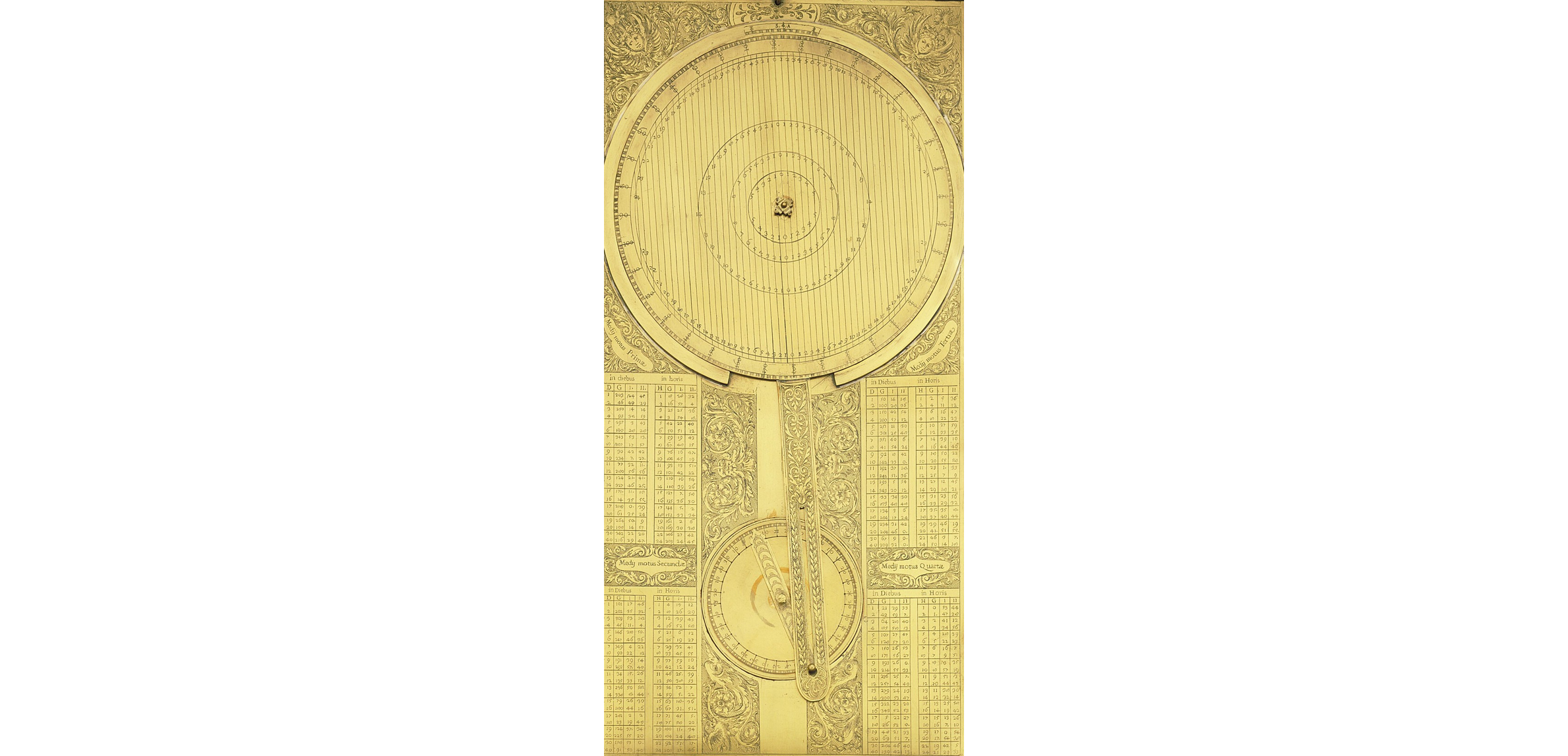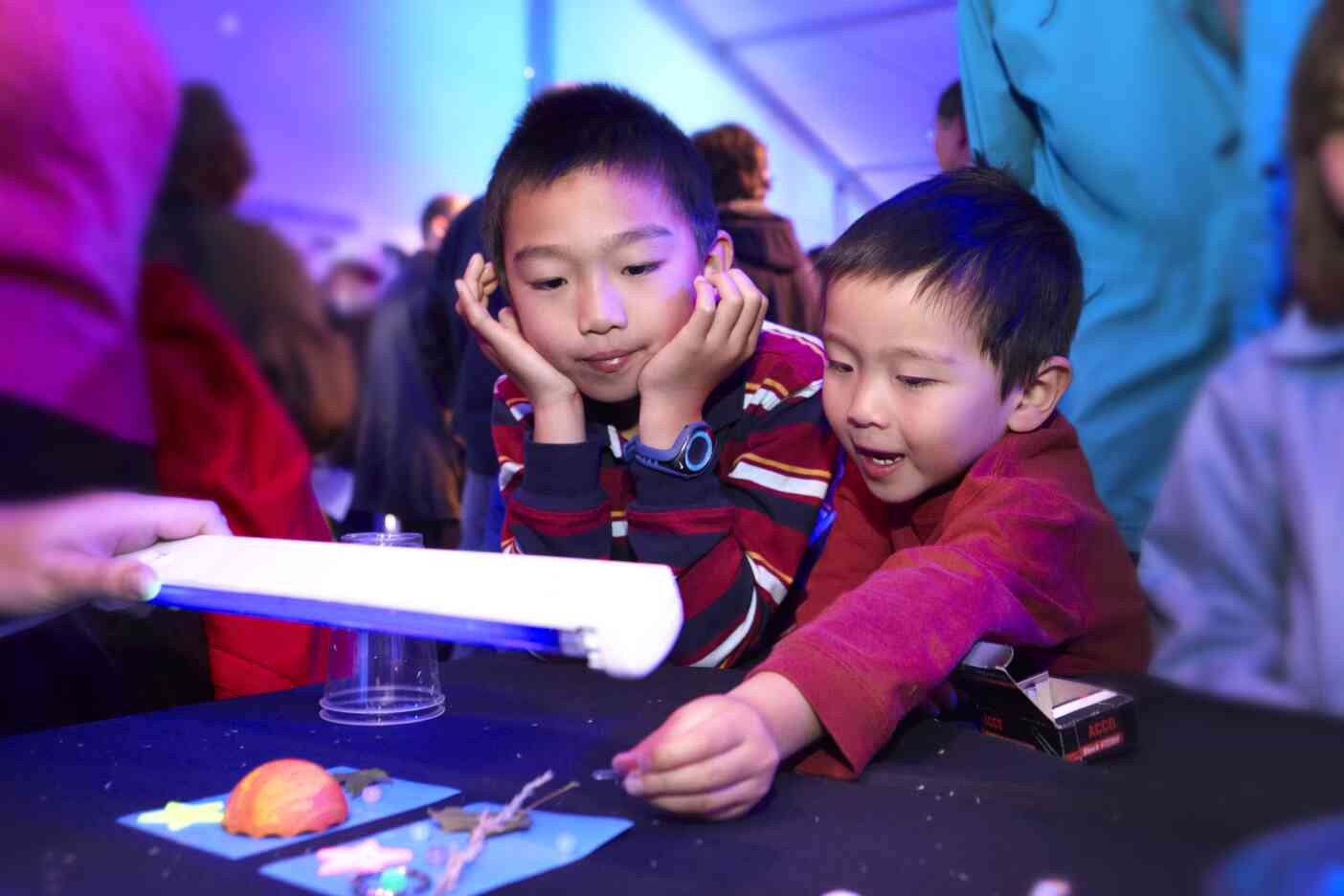In February 2025, Perimeter Institute is hosting Galileo and His Ingenious Discoveries, a unique exhibition of groundbreaking science from Galileo’s era and his visionary writings on topics like geolocation and the Moon. The exhibit is a collaboration with the Embassy of Italy in Canada and the Galileo Museum in Florence, and this marks the first time the exhibit is on display outside of Europe.
The exhibit will be open to the public on for select dates this February. Be sure to reserve your free tickets today.
Here are five things we’re excited to check out at Galileo and His Ingenious Discoveries.
1. Replica telescope from Galileo’s time
Galileo is perhaps most famous for turning one of the earliest-available telescopes to the heavens. It was by looking through a telescope that he made important discoveries that completely changed how humans view our place in the universe.
Visitors to the exhibit will find a replica telescope from Galileo’s time. This is a rare opportunity to appreciate one of the technological wonders of an earlier era.
2. Galileo’s paintings of the Moon
Through the new lens of his telescope, Galileo noticed hills, valleys, and ridges on the Moon. Until that point, most people thought the Moon was perfectly smooth.
Galileo recorded his observations in a series of watercolour paintings. It’s fascinating to look at these early drawings of our closest celestial neighbour and recognize features that are now well-known by astronomers.
3. Galileo’s explanation of his new geolocation technique
To determine your location on Earth, you need two coordinates: latitude and longitude. In Galileo’s time, calculating latitude was easy: just measure the altitude of the Sun at noon. Longitude, however, was much more difficult.
When Galileo turned his telescope to Jupiter, he noticed four star-like objects orbiting around it. He began recording their orbits and soon learned he could calculate longitude on Earth based on the eclipses of those four moons. This technique, which eventually became the first reliable way to determine longitude, was met with resistance at first. That’s because many people at the time did not believe that objects could orbit entities other than the Earth.
Galileo spent much of his life petitioning the scientific community to accept his new way of calculating longitude. Visitors to the exhibit will have an opportunity to view many of Galileo’s important documents relating to his new geolocation method.
4. A replica of the jovilabe
After Galileo recorded the orbits of Jupiter’s largest moons, he developed a simple device to help determine longitude. He called this device the “jovilabe,” which combined some mathematical tables and two rotating disks. By using the disks and the tables, anyone could determine their longitude without relying on complicated math.
Visitors will find a replica of the jovilabe at the exhibit, where they can appreciate the intuitive way helped people determine their location.
5. Fun experiments for kids
The exhibit features four interactive stations that turn Galileo’s discoveries into hands-on learning opportunities. Play around with telescopes, learn more about Jupiter’s moons, create drawings of the Moon’s surface, and learn about motion with pendulums. It’s the perfect way for kids to understand the impact Galileo has had on science.
Don’t Miss out!
Galileo and His Ingenious Inventions will be open to the public for select dates in February here at Perimeter Institute. Featuring interesting replicas of documents and artifacts from Galileo’s time, fun experiments for kids, and informative videos, it’s a great way to learn more about one of history’s most important scientific explorers.
About PI
Perimeter Institute is the world’s largest research hub devoted to theoretical physics. The independent Institute was founded in 1999 to foster breakthroughs in the fundamental understanding of our universe, from the smallest particles to the entire cosmos. Research at Perimeter is motivated by the understanding that fundamental science advances human knowledge and catalyzes innovation, and that today’s theoretical physics is tomorrow’s technology. Located in the Region of Waterloo, the not-for-profit Institute is a unique public-private endeavour, including the Governments of Ontario and Canada, that enables cutting-edge research, trains the next generation of scientific pioneers, and shares the power of physics through award-winning educational outreach and public engagement.
You might be interested in


Battle of the Big Bang: New Theories Changing How We Understand the Universe
June 5, 2025

